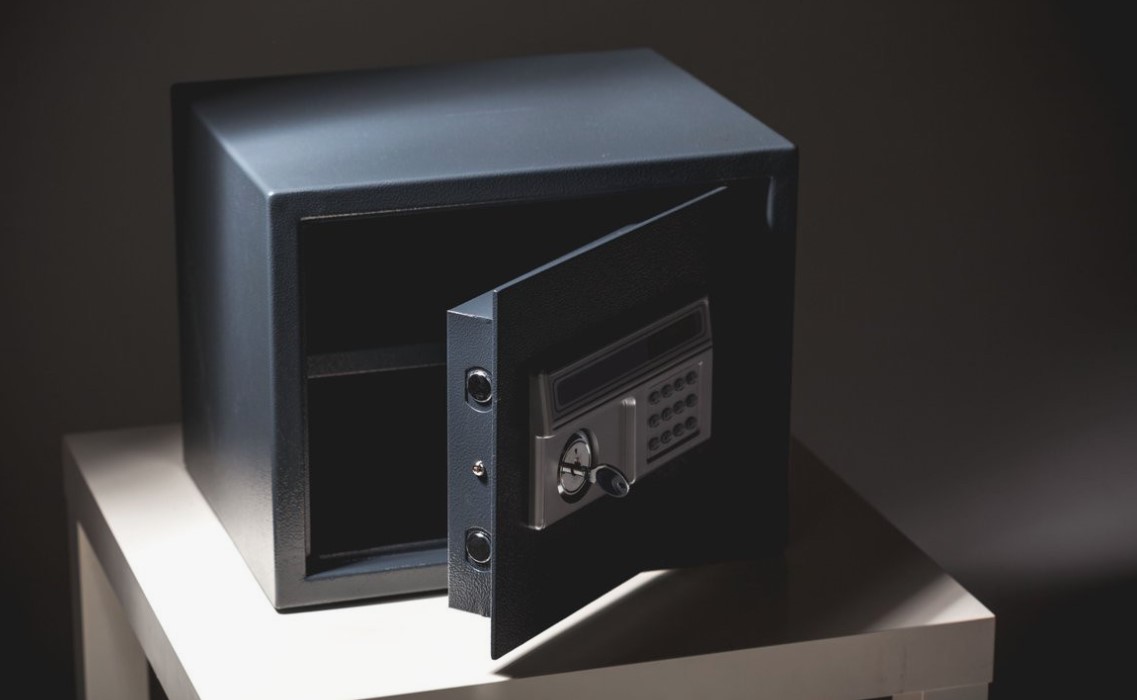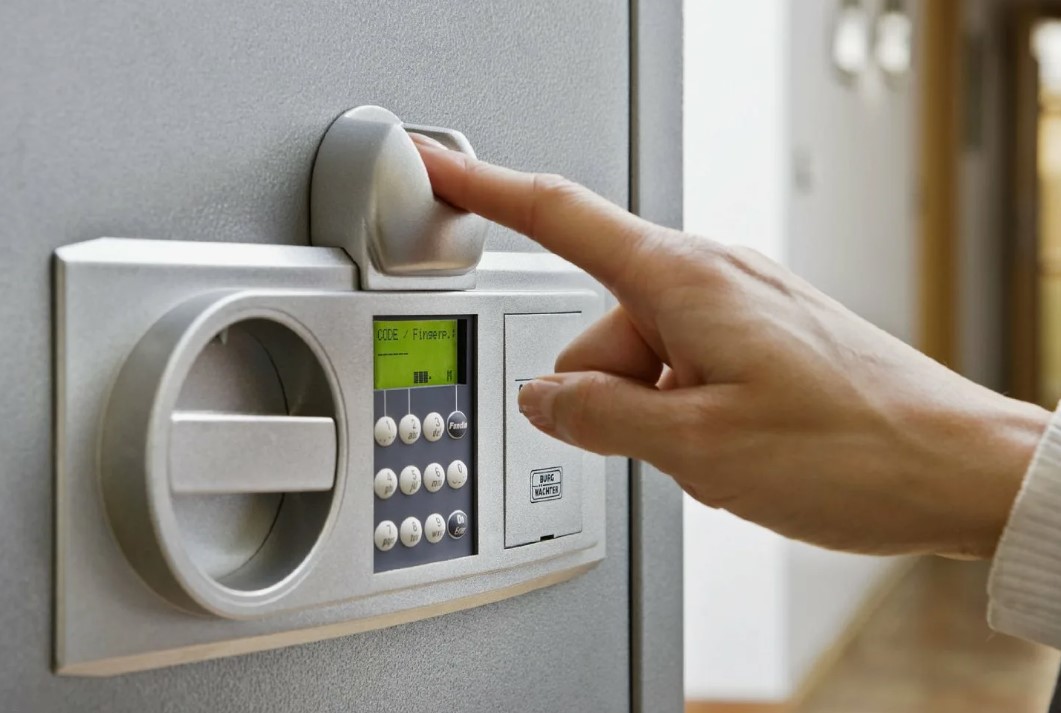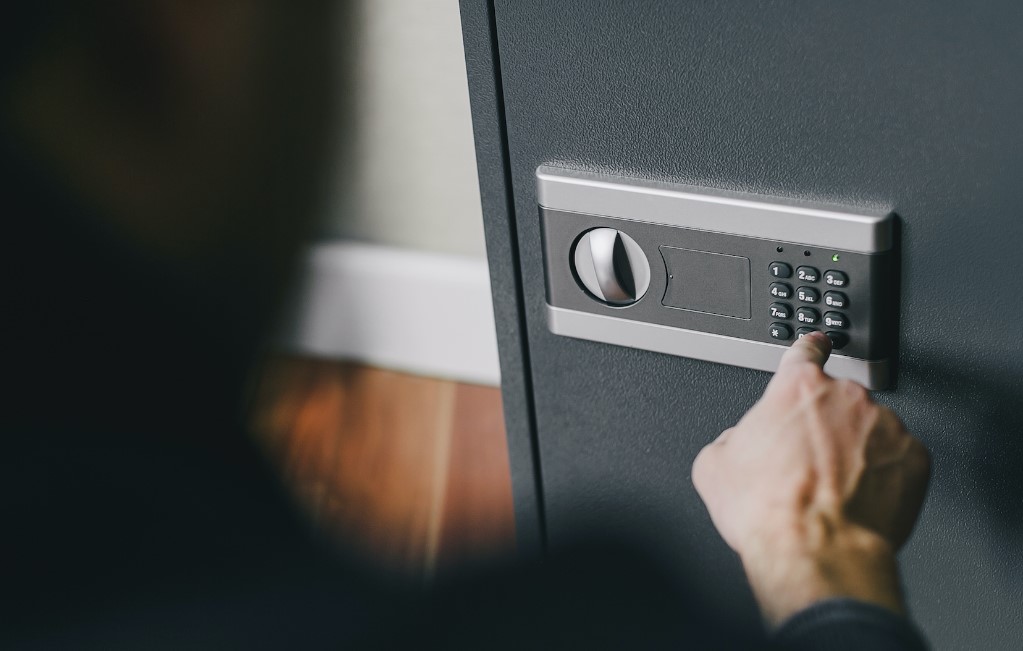In an era where the security of personal and national treasures is paramount, a select few safes and storage facilities, including custom safe tailored to specific needs, stand out as the epitome of protection. These fortresses are designed not only to withstand the most determined thieves but also to endure natural disasters and even nuclear attacks. In this detailed exploration, we delve into six of the most reliable safes and storage facilities in the world, examining their unique features, state-of-the-art security measures, and the extraordinary assets they protect.
1. Fort Knox, Kentucky: The Impenetrable Fortress of Gold
Fort Knox is arguably the most famous and secure vault in the world. Located in Kentucky, this U.S. Army installation is home to the United States Bullion Depository, which holds a significant portion of the nation’s gold reserves, estimated to be around 147.3 million ounces.
Key Features and Security Measures
120 cm Thick Walls: The vault’s walls are constructed from reinforced granite and steel, creating an almost impenetrable barrier. These walls are further strengthened by the addition of electric currents, making any unauthorized attempt to breach them exceedingly dangerous.
High-Voltage Defense: Two of the four walls are electrified, adding another layer of deterrence against intruders. This feature ensures that even if someone manages to bypass the initial barriers, they would still face life-threatening obstacles.
Military Protection: Fort Knox is guarded by 30,000 armed soldiers from the U.S. Army, making it one of the most heavily fortified places on Earth. The military presence ensures that any threat, whether external or internal, is swiftly neutralized.
Complex Security Codes: Access to the vault is controlled by a series of codes, which are divided among different personnel. No single individual has the complete access code, making unauthorized entry virtually impossible.
750-Ton Doors: The entrance to the vault is secured by 750-ton doors, which are designed to withstand any form of attack. These doors can only be opened by authorized personnel, using the correct sequence of codes.

Historical Significance
Fort Knox’s reputation for security is not just a modern phenomenon. During World War II, the vault was used to store not only gold but also other valuable assets, including the original copies of the U.S. Constitution, the Declaration of Independence, and even the Hungarian Crown Jewels. Additionally, the fort safeguarded large quantities of morphine and opium to prevent shortages during the war. The combination of military protection, state-of-the-art technology, and multiple layers of security make Fort Knox a fortress in every sense of the word, a symbol of national security and a deterrent to any would-be intruders.
2. The Spitsbergen Global Seed Vault: Humanity’s Agricultural Insurance
Located in the remote archipelago of Svalbard, about 1,000 kilometers south of the North Pole, the Spitsbergen Global Seed Vault is a crucial asset for global agriculture. Often referred to as the “Doomsday Vault,” this facility was established to preserve the genetic diversity of the world’s crops in the event of a global catastrophe.
Key Features and Security Measures
Deep Underground Location: The vault is situated 120 meters within the permafrost of the Scandinavian mountains, ensuring that it remains stable and secure even under extreme conditions. The natural cold environment helps preserve the seeds without the need for mechanical refrigeration.
Nuclear and Earthquake Resistance: The vault is designed to withstand natural disasters, including earthquakes and even nuclear strikes. Its deep underground location and reinforced construction make it one of the most secure facilities in the world.
Flood Protection: Positioned 130 meters above sea level, the vault is safe from rising sea levels and floods, ensuring that its contents remain protected even in the face of climate change.
Four Steel Doors: Access to the seeds is guarded by multiple layers of security, including four steel doors that require special access permissions. These doors are designed to prevent unauthorized entry and ensure the safety of the seeds.
Global Importance
The Spitsbergen Global Seed Vault houses over 500,000 types of seeds from every corner of the globe, representing a wide array of agricultural biodiversity. In the event of a global disaster, such as a nuclear war, climate change, or a pandemic, these seeds could be used to regenerate the world’s crops and ensure food security for future generations. The vault’s isolated location, combined with its robust design, makes it an essential resource for the preservation of humanity’s agricultural heritage.
3. Cheyenne Mountain, Colorado: The Heart of NORAD’s Command Center
The Cheyenne Mountain Complex in Colorado is a military installation and nuclear bunker that serves as a critical command center for the North American Aerospace Defense Command (NORAD). Built during the Cold War, this facility remains one of the most secure and technologically advanced bunkers in the world.
Key Features and Security Measures
- 25-Ton Blast Doors: The complex is protected by blast doors that weigh 25 tons each. These doors are designed to withstand a 30-megaton nuclear explosion, equivalent to 1,429 times the bomb dropped on Nagasaki. This level of protection ensures that the complex remains operational even in the event of a direct nuclear strike.
- Granite Mountain Base: The facility is located 600 meters beneath the base of Cheyenne Mountain, providing natural protection from external threats. The granite mountain acts as a shield, absorbing and deflecting potential attacks.
- Advanced Air Filtration Systems: The air inside the complex is filtered through state-of-the-art systems designed to remove chemical, biological, and atomic contaminants. This ensures that the facility remains safe and operational even during chemical or biological warfare.
Strategic Significance
Cheyenne Mountain is a key component of the United States’ national defense infrastructure. It serves as a command center for NORAD, providing early warning and tracking of potential missile threats. The facility’s deep underground location, coupled with its advanced security measures, makes it one of the most secure military installations in the world, capable of withstanding even the most severe threats.
4. Iron Mountain, Pennsylvania: The Secret Vault of American History
Iron Mountain is a former limestone mine located in Pennsylvania that has been repurposed into one of the most secure storage facilities in the world. Spanning an area of 160,000 square kilometers, Iron Mountain is a vast complex that houses a treasure trove of historical artifacts, sensitive documents, and valuable assets.
Key Features and Security Measures
- 160,000 Square Kilometers of Storage: The facility offers an enormous amount of storage space, much of which is under the control of the U.S. government. The vastness of the facility allows it to store a wide array of items, from documents to physical artifacts.
- Top Secret Clients: While the majority of the facility’s clients are classified, known clients include major institutions such as Warner Brothers, the Smithsonian Institution, and Corbis. These organizations trust Iron Mountain to safeguard their most valuable assets.
- Two Rows of Armed Guards: The facility is heavily guarded, with multiple layers of security personnel. Visitors are subject to extensive security checks, more rigorous than those performed by the Transportation Security Administration. This ensures that only authorized individuals can access the facility.

Contents of Historical Importance
Iron Mountain is home to a wide variety of historical artifacts and documents, including the charred wreckage of Flight 93, the original photo of Einstein sticking out his tongue, and Edison’s patent for the electric light bulb. The facility’s combination of vast space, high security, and anonymity makes it a preferred choice for those needing to store sensitive and valuable items. The secrecy surrounding Iron Mountain adds to its mystique, making it one of the most intriguing storage facilities in the world.
5. Federal Reserve Bank of New York: The World’s Largest Gold Repository
The Federal Reserve Bank of New York is home to one of the largest gold reserves in the world. Located in a three-story underground bunker in Manhattan, this facility stores over 270 billion dollars’ worth of gold, representing approximately 25 percent of the world’s total gold reserves.
Key Features and Security Measures
Three-Story Underground Bunker: The vault is located 25 meters underground, providing natural protection from external threats. The facility’s location beneath the bustling streets of Manhattan ensures that it remains hidden from view and difficult to access.
Sniper Surveillance: The vault is constantly monitored by snipers, who are positioned to prevent any unauthorized personnel from approaching the facility. This level of surveillance ensures that the vault remains secure at all times.
90-Ton Steel Door: The gold is secured behind a massive 90-ton steel door, making unauthorized entry impossible. The door is designed to withstand any form of attack, ensuring that the gold remains protected.
Global Significance
Interestingly, 98 percent of the gold stored at the Federal Reserve Bank of New York does not belong to the United States but to foreign countries. The bank serves as a trusted custodian of gold reserves for nations around the world, providing a secure and stable environment for the storage of their wealth. The facility’s unmatched security measures and strategic location make it one of the most secure vaults in the world, ensuring the safety of billions of dollars in gold.
6. Bahnhof and WikiLeaks Safe, Stockholm: The Fortress of Digital Freedom
The Bahnhof Data Center in Stockholm, Sweden, is one of the most secure data storage facilities in the world. Located 30 meters underground, this facility is known for housing the servers of WikiLeaks, the controversial whistleblowing platform founded by Julian Assange.
Key Features and Security Measures
45 cm Thick Steel Door: The entrance to the data center is protected by a 45 cm thick steel door, ensuring that only authorized personnel can access the servers. This door is designed to withstand both physical and digital attacks.
Backup Generators: The facility is equipped with multiple backup generators, ensuring that the servers remain operational even in the event of a power failure. This redundancy is crucial for the continuous operation of the data center.
High Security: The data center is owned by a Swedish internet provider, which has equipped the facility with state-of-the-art security systems. These systems include biometric scanners, motion detectors, and advanced encryption protocols, ensuring the safety of the data stored within.
Role in Digital Security
The Bahnhof Data Center is essential for the protection and durability of WikiLeaks’ data. The servers housed within this facility contain some of the most sensitive and controversial information in the world, making them a prime target for both state and non-state actors. The data center’s underground location, combined with its advanced security measures, makes it a fortress for digital information, ensuring that the information remains secure and accessible only to those authorized to view it.
Conclusion: The Pinnacle of Security and Preservation
Throughout history, humanity has developed increasingly sophisticated methods to protect its most valuable assets. The six safes and storage facilities highlighted in this article represent the pinnacle of security, combining cutting-edge technology with robust physical defenses to create nearly impregnable fortresses. Whether safeguarding gold, historical artifacts, seeds, or digital data, these facilities demonstrate how modern engineering and technology can protect our most precious treasures from both human and natural threats.
In a world where security is of utmost importance, these fortresses stand as symbols of our ability to protect what matters most, ensuring that our heritage, wealth, and future remain secure for generations to come.

Cyclist, ninja, DJ, Bauhaus fan and HTML5 Guru. Making at the crossroads of aesthetics and function to craft experiences that go beyond design. My opinions belong to nobody but myself.


